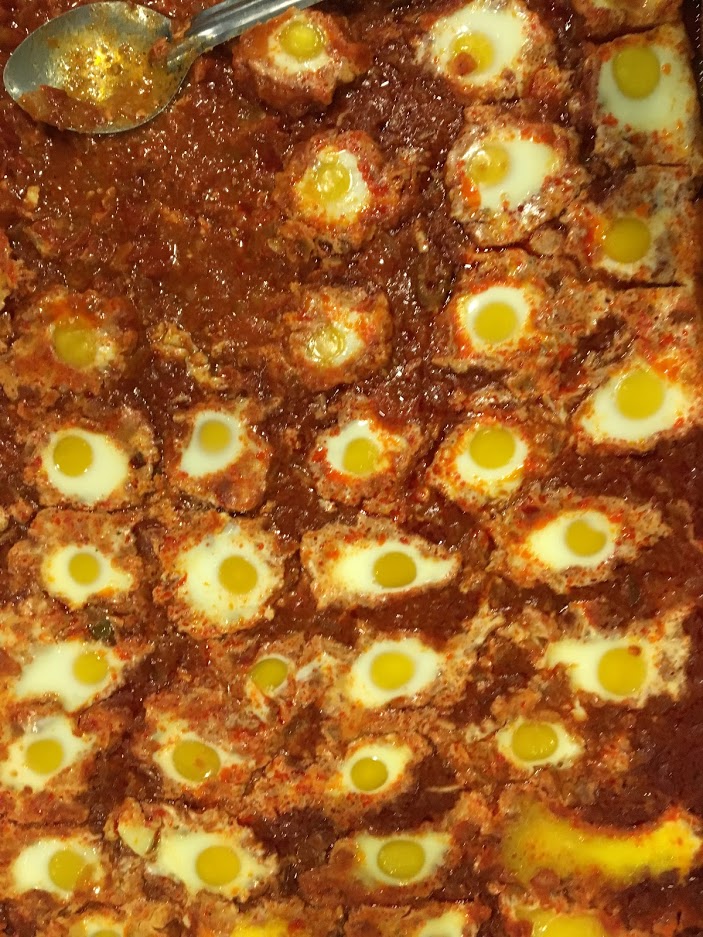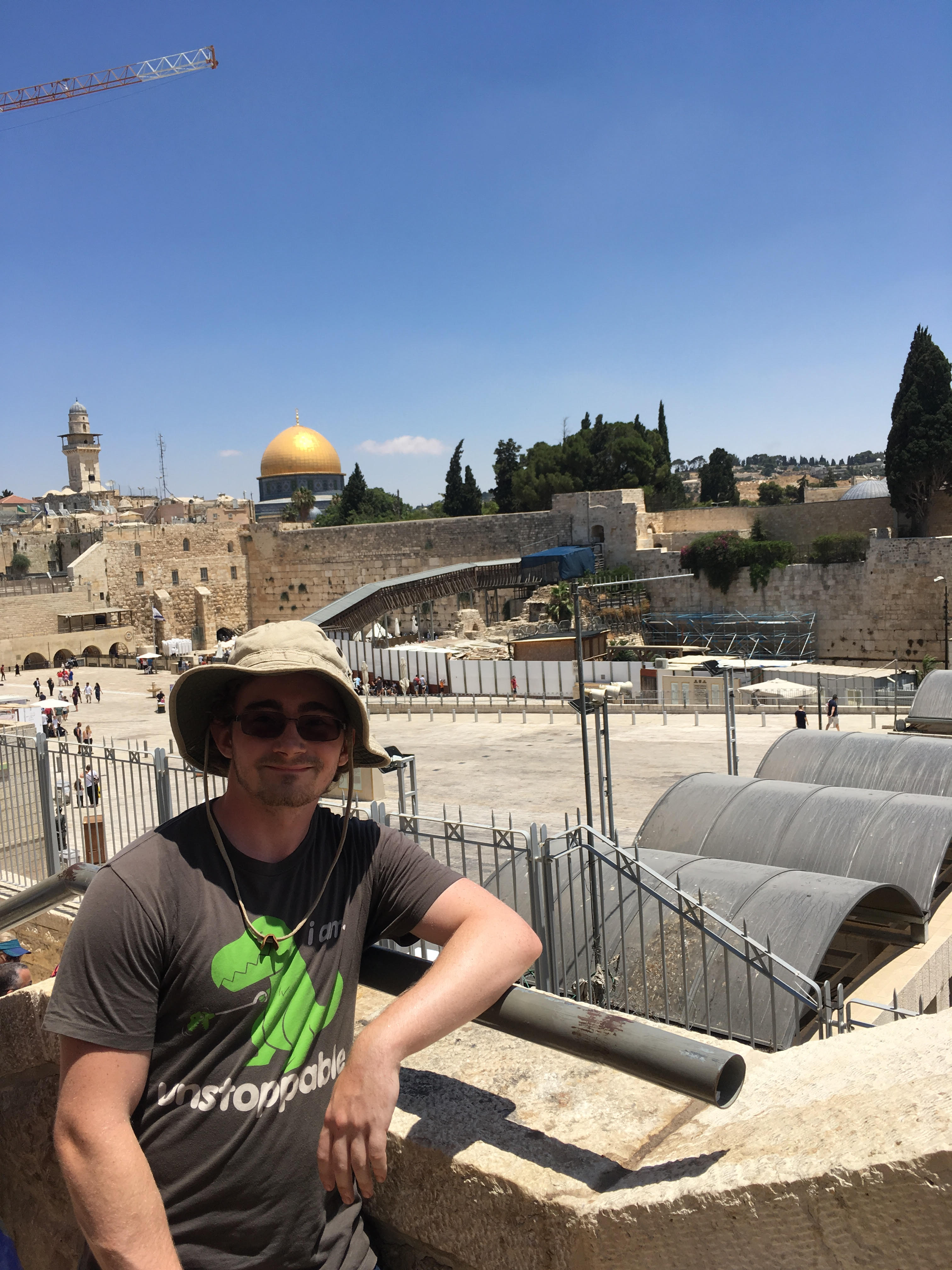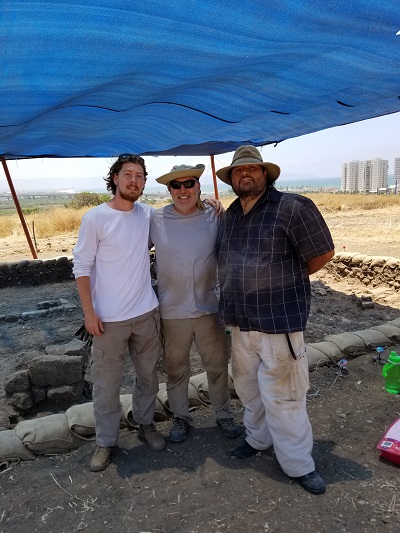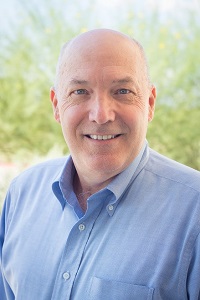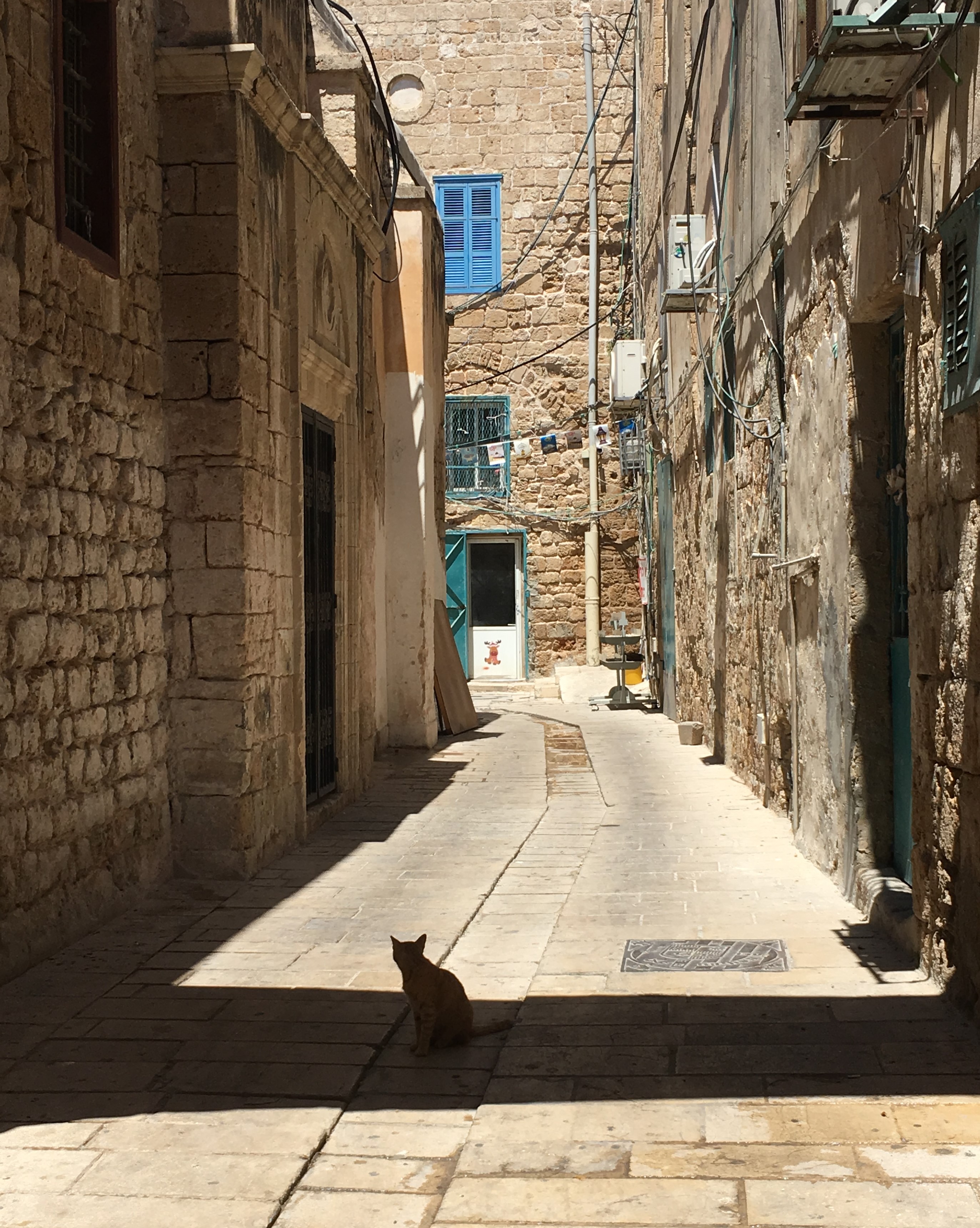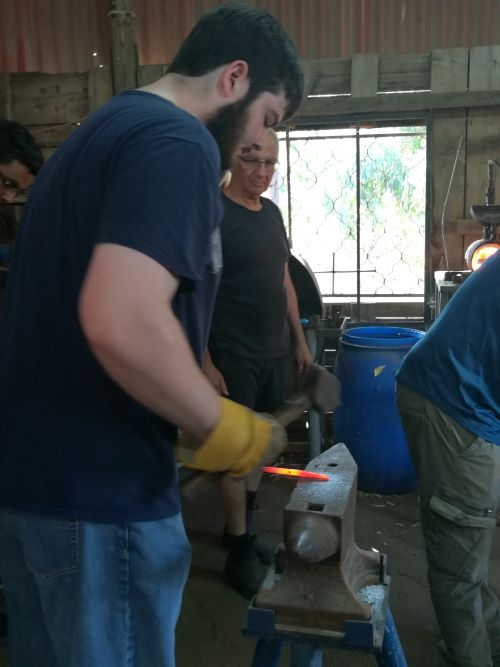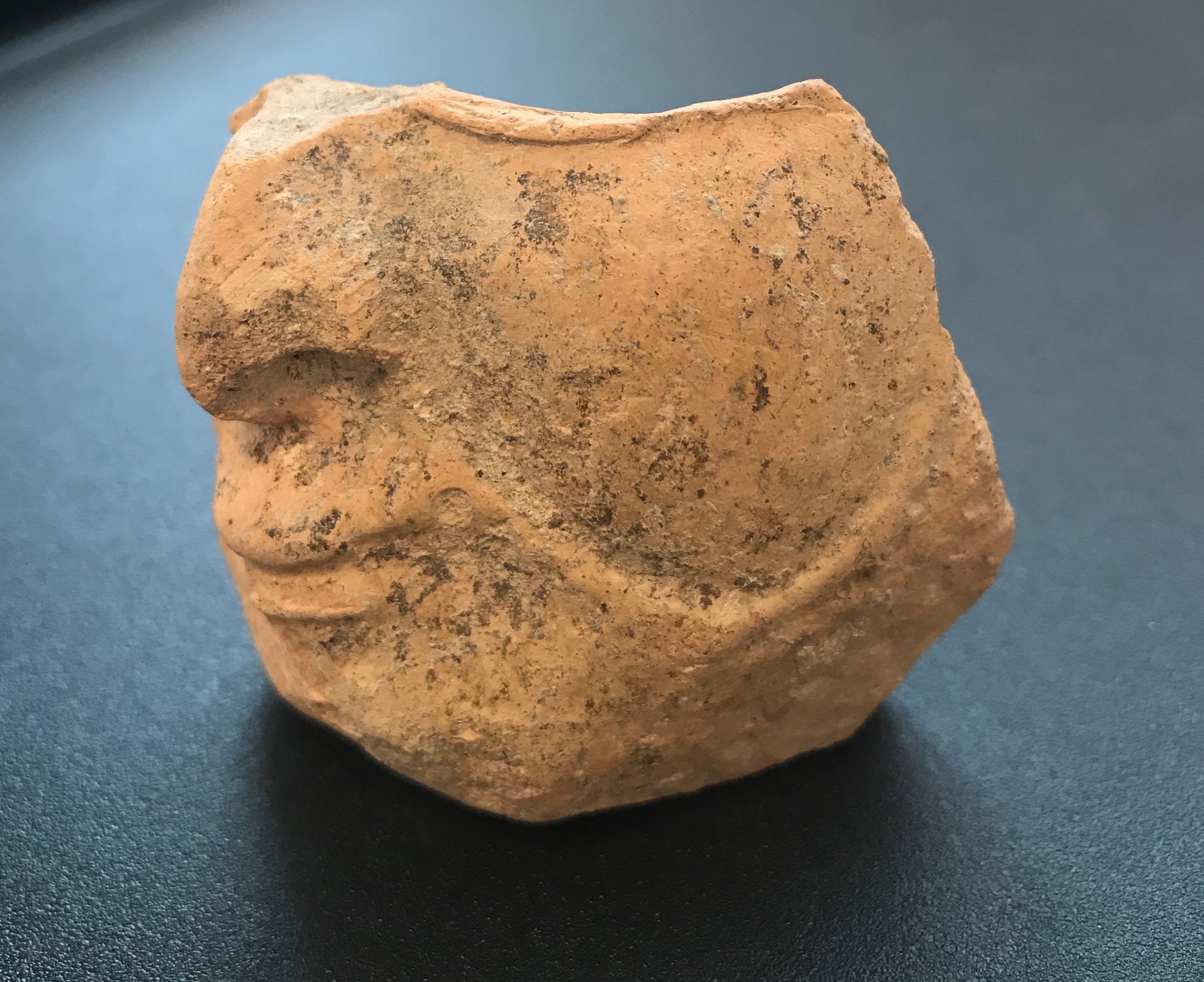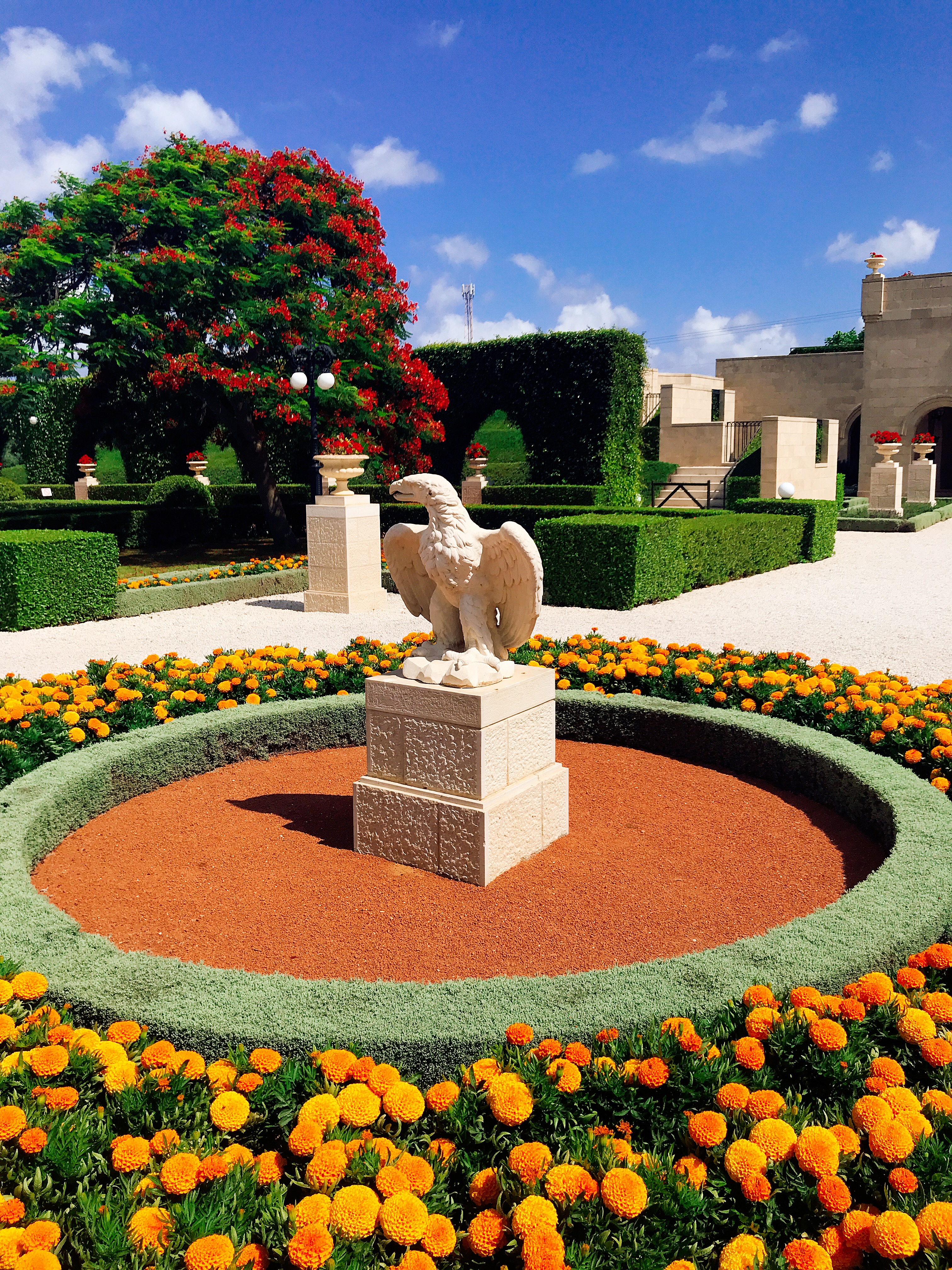Diet Culture Shock
Before I had even committed to the excavation at Akko I was in the process of losing a significant amount of weight. In late January I was a staggering 272 pounds, and by the beginning of May I was already down to 240. Through a mixture of OMAD (one meal a day as opposed to several smaller meals) and Keto I had managed to slim myself down. However, I was still encountering problems.
Primarily, the fact that my impulse choices of food were too easy to get, were cheap for a college student, and oh so gratifying, at least temporarily was to blame. So while I was still losing weight, the fact that my choices in food had not become more healthy, meant that whenever I stopped my plan, I would quickly regain the weight. For the weeks leading up to the Total Archaeology program, I had hoped that I could slowly wean myself off sugar and processed food and maintain a healthy, ketogenic diet in Israel.
To my fellow Americans who wish to do the same, I say this:
Abandon your quest, or pick a god and pray.
This country has a food culture of a magnitude older than your diet plan, and it does not care if your keto diet is 50% meat 50% cheese, that ain’t kosher. You like clams? Oysters? Lobster? They are not in any restaurant here. Even if you choose to abandon your plan and seek the comforts of American fast food, be prepared for a long walk, as they are few and far between. The only groups spared from this are pescatarians, vegetarians, and vegans, although the sheer amount of dairy presented may severely limit some of their options.
So what is a diet-illiterate American to do?
Improvise, adapt, overcome!
The first thing I did was keep a few granola bars in my luggage. In the rare scenario wherein I would be completely unable to find anything appetizing to me (such as this lovely egg lasagna), I would be able to sustain myself for a bit. That being said, the only food I encountered that I didn’t like was cottage cheese, which has been the case since before I came to Israel.
Second: If you are not used to eating vegetables with every meal, you may experience a rough first few days. Physiologically, your dependence on sugar may cause symptoms similar to withdrawls. There is sugar available, mind you, just in far lower quantities than most are used to. It may take some getting used to; a few days to a week maybe, and in that time you may experience headaches, moodiness, and some lethargy. Do not despair, and know it will pass in time. Additionally the increase in fiber may shock your gut flora, leading to some uncomfortable evenings. Do despair, but know it will also pass in time.
Lastly, steel your resolve. Travel is a multi sensory experience, if you wanted to just see the sights you could have used Google images. There will be american food awaiting you when you return. So should you be dreading your next meal of something you can not pronounce, know that the adventure, and the possible disappointment are all part of the experience.
Also know that a portion of falafel is 10 shekel in the Old City.
